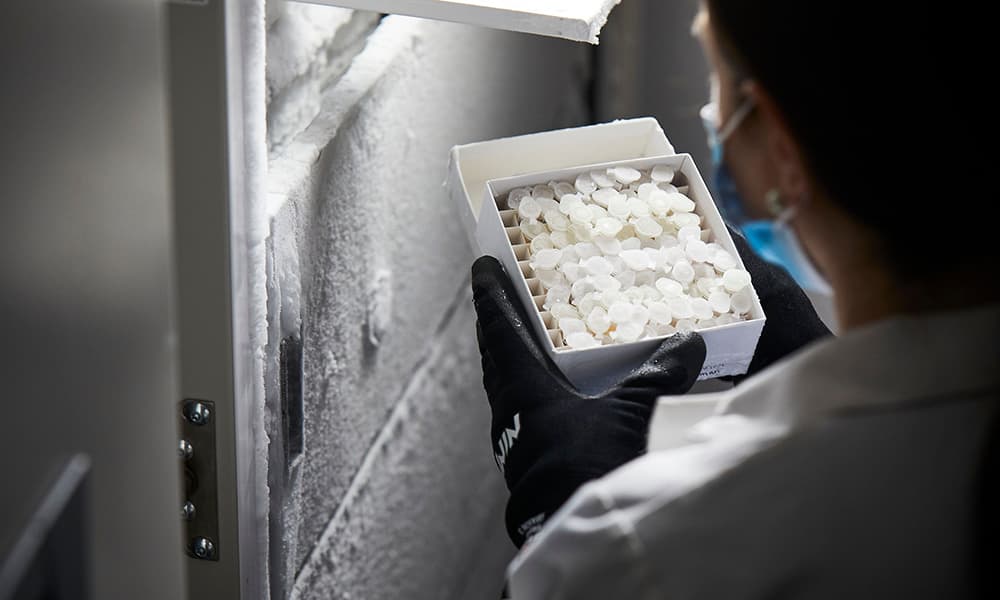Disrupt CAD III Study: Prospective, Multicenter, Single-Arm, Global IDE Study of the Shockwave Coronary Intravascular Lithotripsy (IVL) System with the Shockwave C2 Coronary IVL Catheter in Calcified Coronary Arteries
Summary: The objective of this investigational device exemption (IDE) study is to assess the safety and effectiveness of the Shockwave Coronary Intravascular Lithotripsy (IVL) System to treat de novo, calcified, stenotic, coronary lesions prior to stenting.
- Primary Investigator: Farouc Jaffer, MD, PhD
- Study Population or Disease Focus: Subjects with de novo, calcified coronary artery lesions presenting with stable, unstable or silent ischemia that are suitable for percutaneous coronary intervention (PCI).
- Status: Closed to enrollment; follow-ups only
- Source: Industry-initiated










